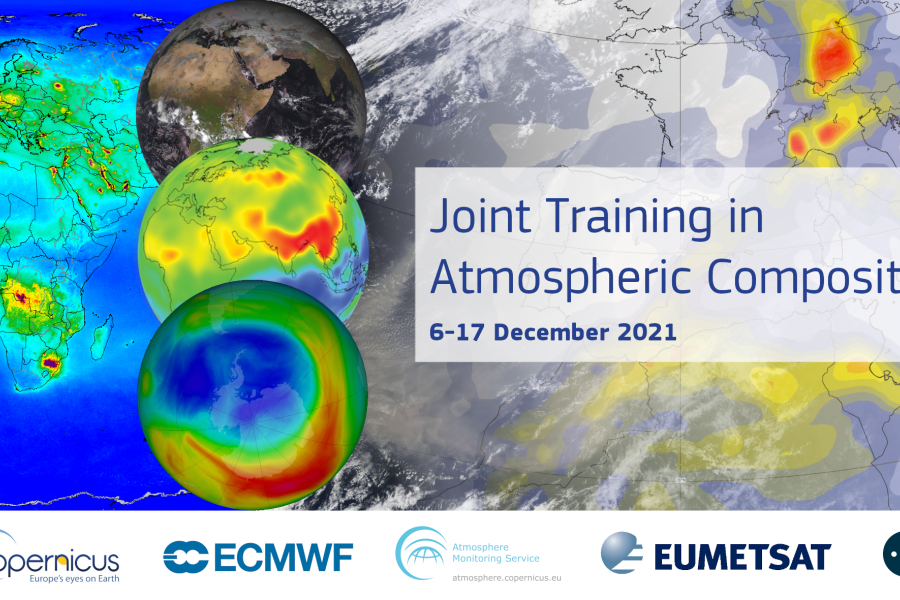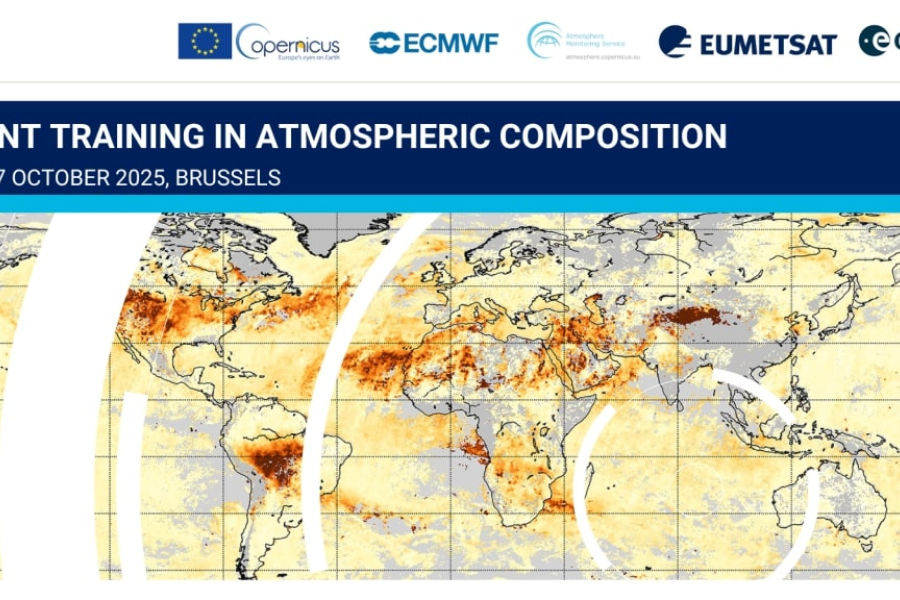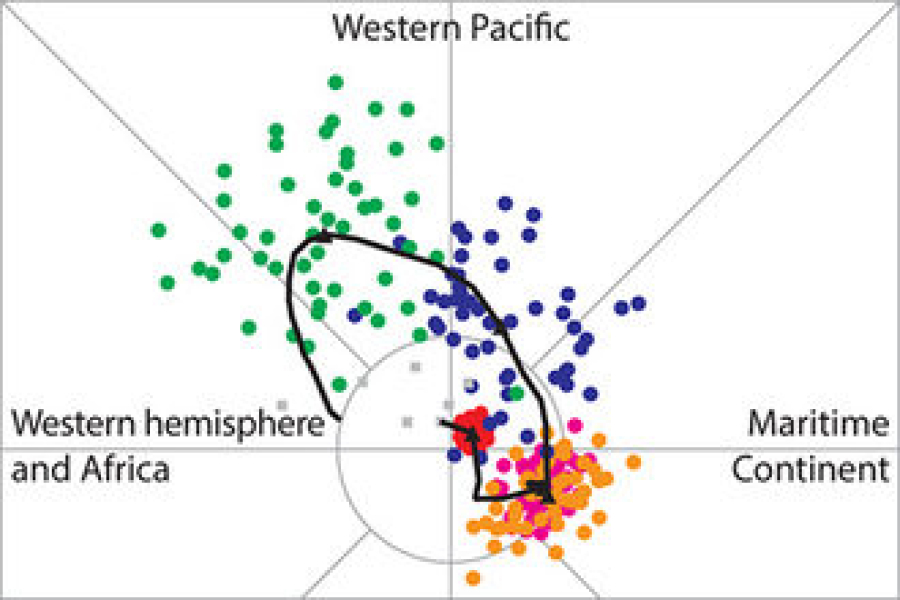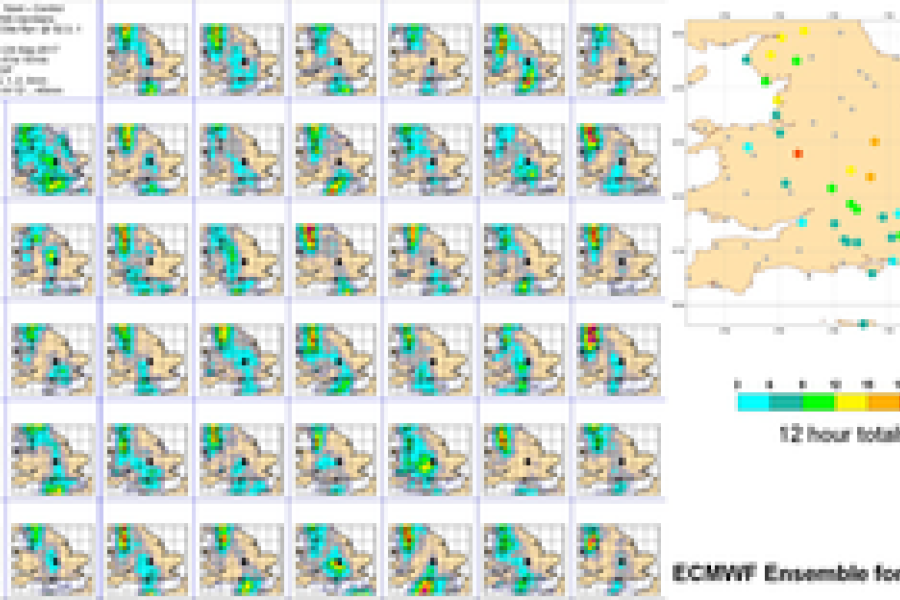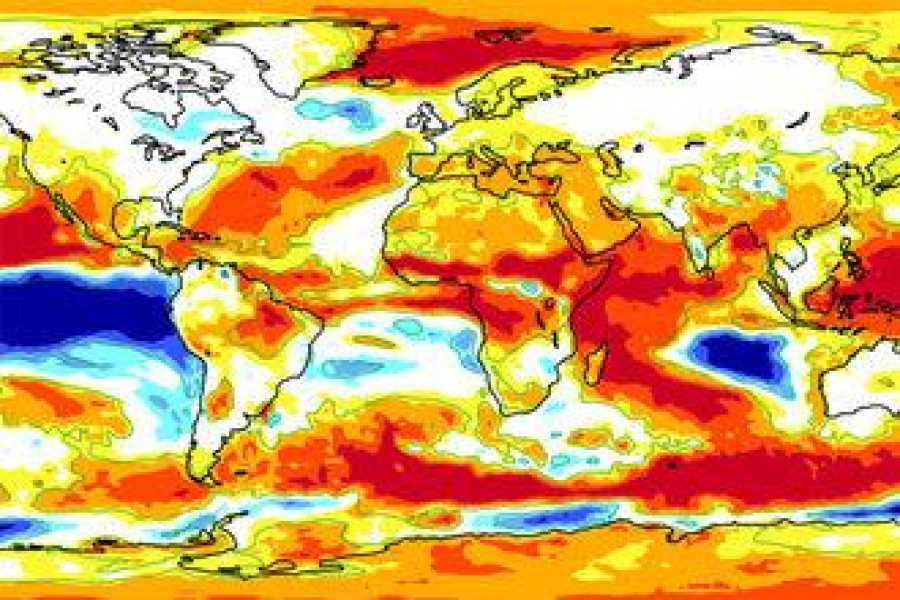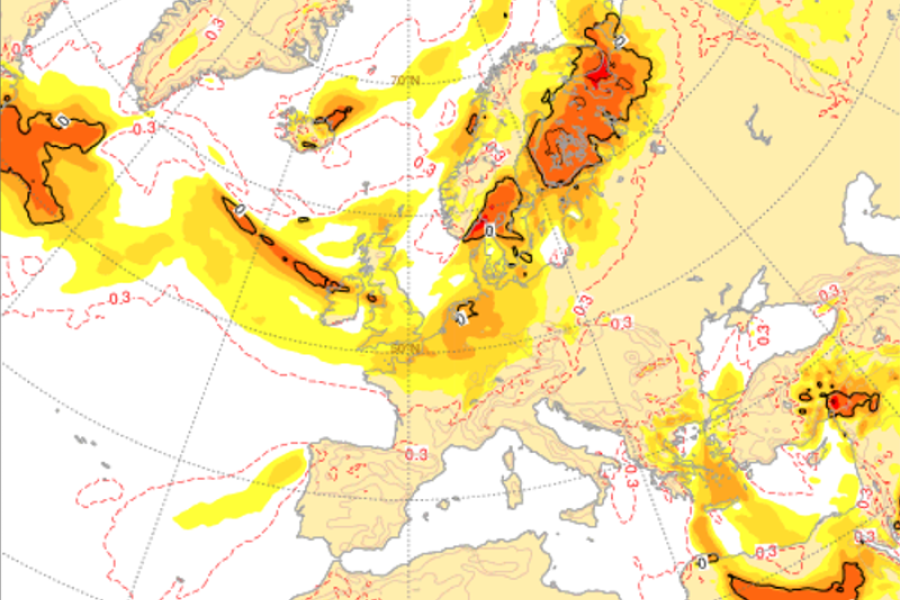
×
Status message
In development mode.In person or online, learn with your peers
Take part in our classroom-based, online, or hybrid sessions designed to support learning through direct or virtual interaction with trainers and peers. These formats offer structured instruction and opportunities to explore concepts in depth — ideal for those who value real-time engagement and collaborative learning.



